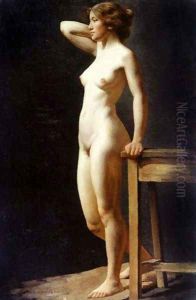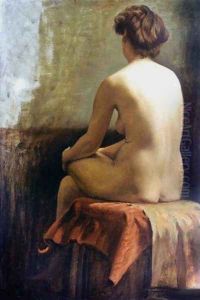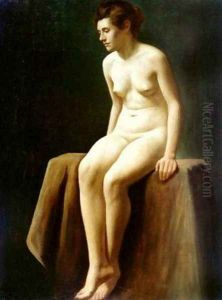Charles H. Freeth Paintings
Charles H. Freeth was an English artist known for his contributions to the fields of etching and watercolor painting. Born in 1873 in England, Freeth developed an interest in art at a young age. Throughout his career, he became renowned for his ability to capture the essence of the English countryside, as well as urban scenes, with a particular focus on London. His works are characterized by their detailed realism and atmospheric quality, often highlighting the interplay of light and shadow.
Freeth's education in art was thorough, attending prestigious institutions where he honed his skills in both etching and watercolor. Though less is known about his personal life, his artistic career was marked by exhibitions across the United Kingdom, where he garnered respect and admiration from both his peers and critics. His etchings, in particular, received high praise for their technical skill and artistic beauty, contributing significantly to the revival of interest in etching as an art form during the late 19th and early 20th centuries.
Throughout his life, Charles H. Freeth remained committed to exploring and capturing the changing landscapes of England, from its rural beauty to the evolving urban environments of the time. Despite facing the challenges of the two World Wars, Freeth's work continued to evolve, reflecting the resilience and enduring spirit of the English people and their landscape. He passed away in 1942, leaving behind a legacy that continues to be celebrated for its contribution to British art. Today, his works can be found in various art collections and museums, appreciated by those who seek to understand the depth and diversity of early 20th-century British art.


